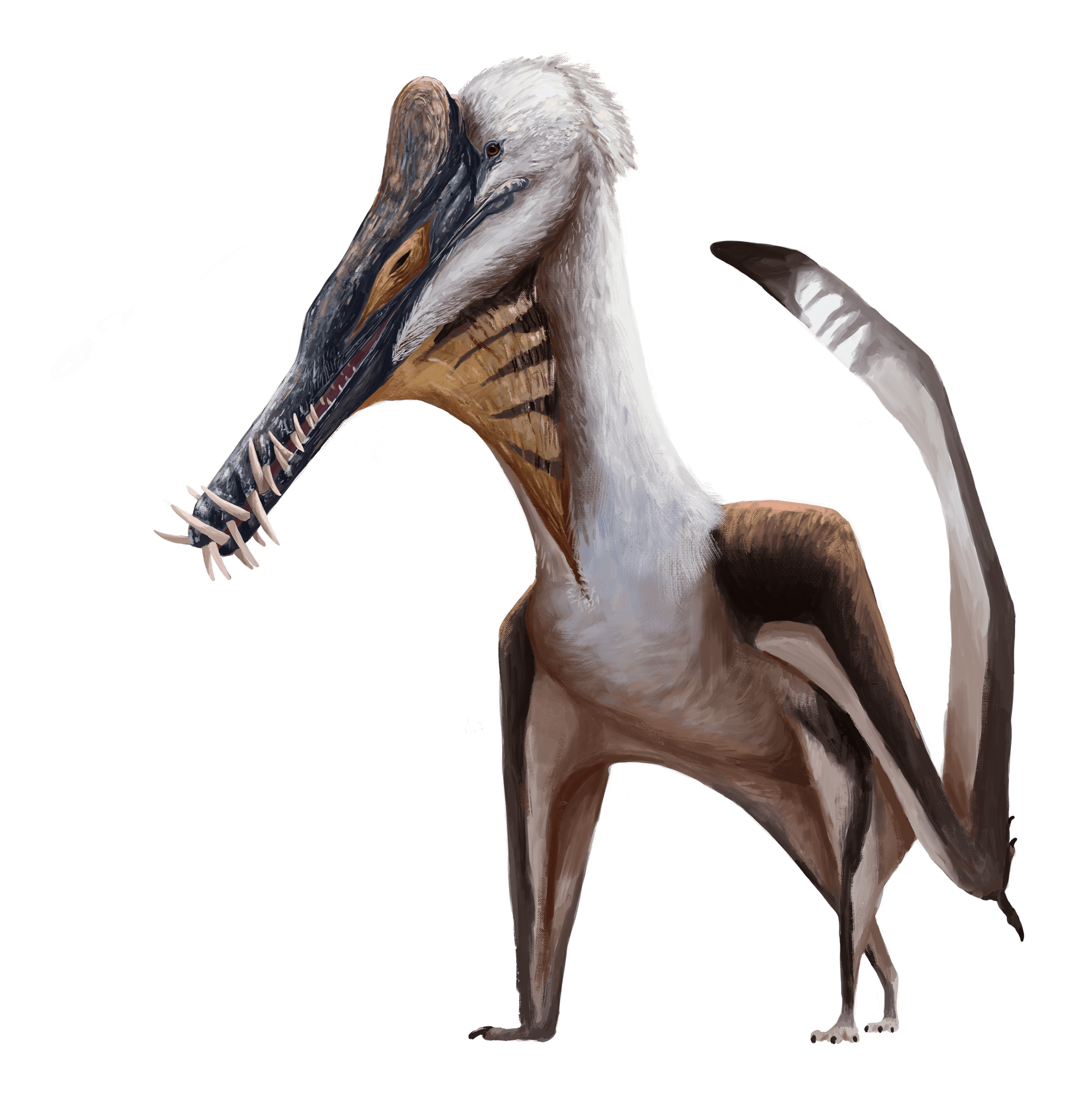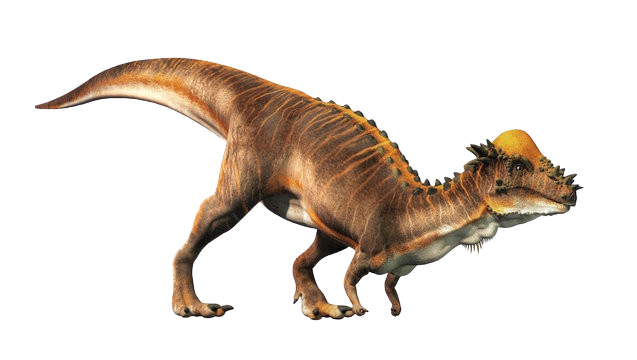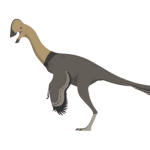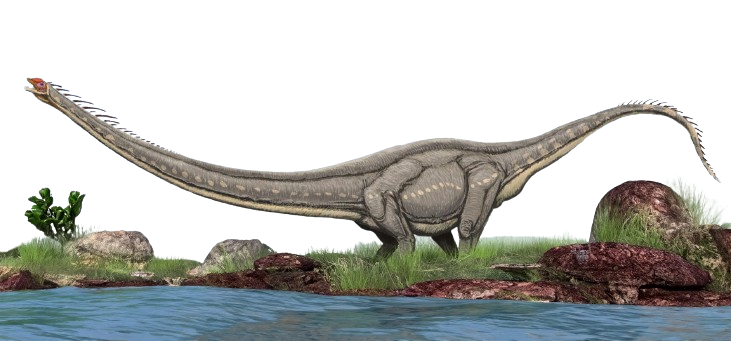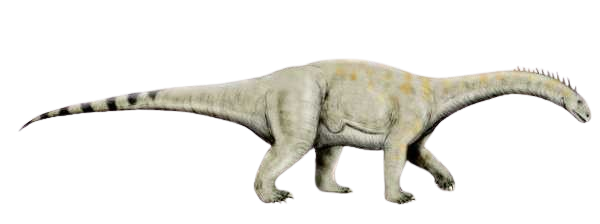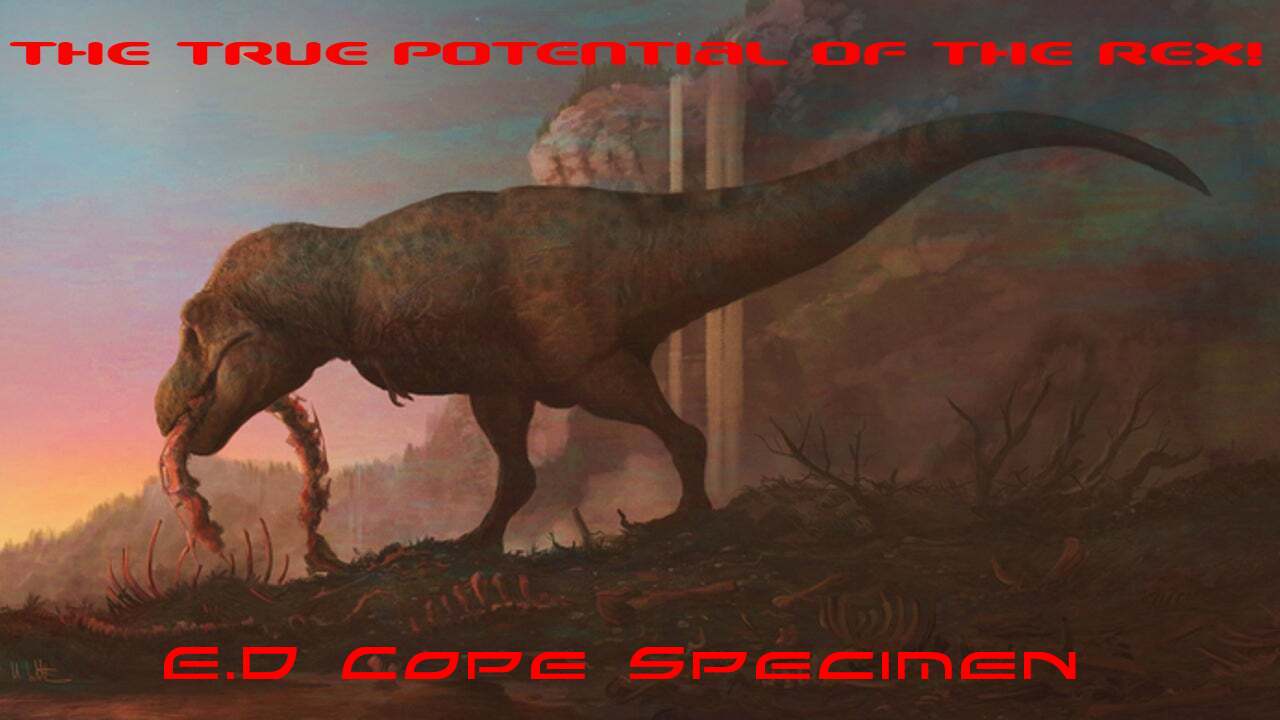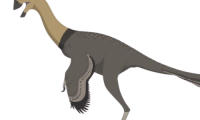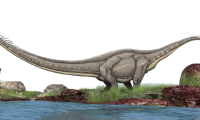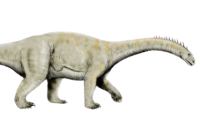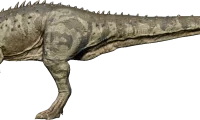sungaripterus, a remarkable pterosaur of the Mesozoic era, possessed wings spanning an impressive 10 feet (3 meters). Its distinctive feature was an elongated bony crest adorning its snout, complementing its long, slender jaws that terminated in a pointed tip. Positioned further back in its jaws were flattened teeth, suggesting a dietary preference for crushing the shells of its prey. As a pterosaur, it belonged to the diverse lineage of extinct flying reptiles, distinct from the terrestrial dinosaurs.
Characterized by a lightweight build, hollow bones, elongated necks, and diminutive bodies, Dsungaripterus epitomized the typical anatomical traits of pterosaurs. These creatures boasted substantial brain sizes and keen eyesight, vital adaptations for navigating the skies during their reign. Their wings, crucial for flight, were supported by a resilient yet pliable membrane extending from the body, across the elongated fourth fingers, and down to the top of the legs, with smaller claws present on the remaining digits.
Debates among paleontologists regarding the stance of pterosaurs persist, with a faction advocating for a semi-upright posture and a minority positing an entirely upright stance, thereby aligning them more closely with the dinosaur lineage. However, consensus underscores the evolutionary proximity between dinosaurs and pterosaurs, acknowledging their shared ancestry and evolutionary pathways.
During the Jurassic period, the emergence of birds introduced a new dynamic to the ecosystem, potentially competing with pterodactyloids like Dsungaripterus for resources and habitat. As a carnivorous predator, Dsungaripterus likely patrolled coastal regions, preying upon fish, mollusks, crabs, and perhaps even plankton in certain species. Furthermore, opportunistic feeding behaviors, including scavenging carrion on land, may have supplemented its diet, showcasing its adaptability to varied food sources.
Flight, a defining characteristic of pterosaurs, facilitated their ability to cover substantial distances efficiently. With their large, lightweight wings, Dsungaripterus and its kin likely undertook extensive migrations, exploiting favorable habitats and foraging grounds across vast territories. Fossil evidence of Dsungaripterus primarily originates from China, where its remains provide valuable insights into the paleoecology and evolutionary history of these ancient aerial predators. Originally described by Young in 1964, Dsungaripterus continues to captivate the imaginations of scientists and enthusiasts alike, offering a window into the fascinating world of prehistoric flying reptiles.


